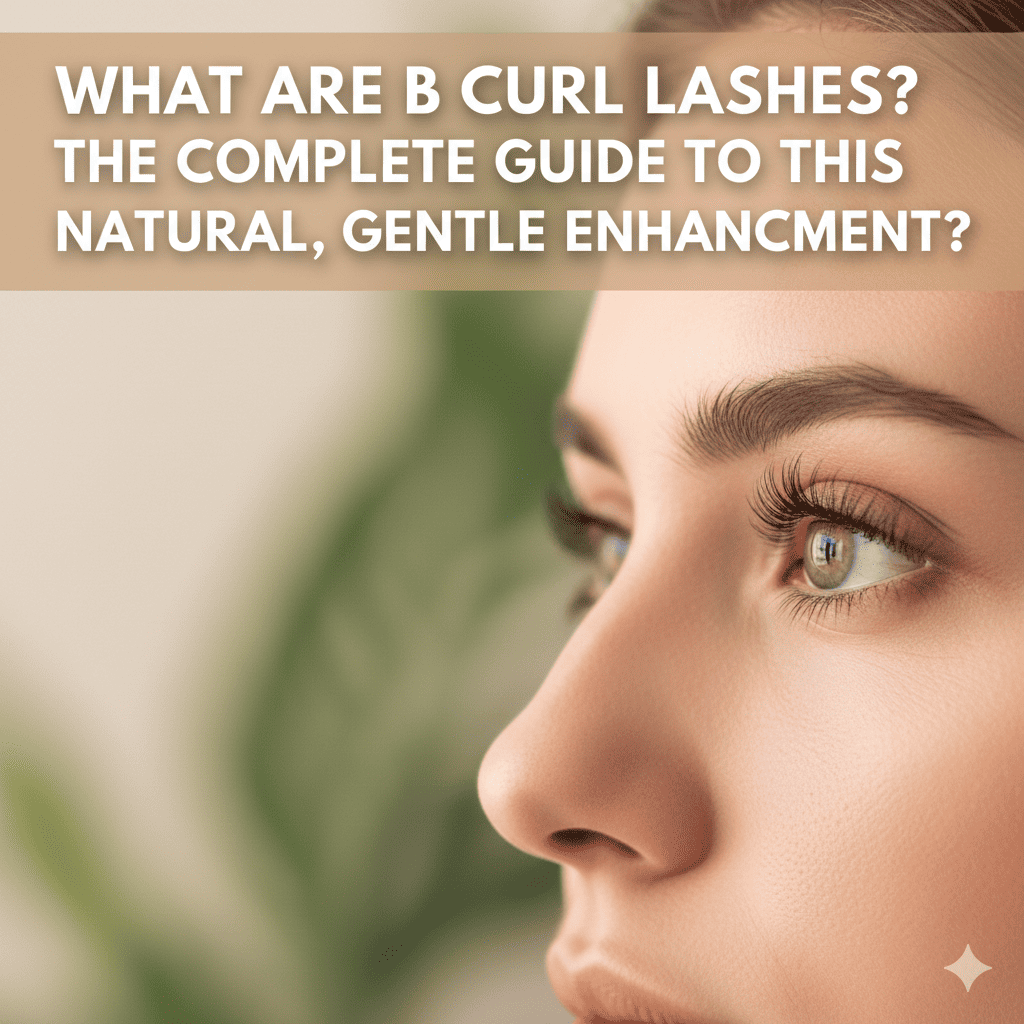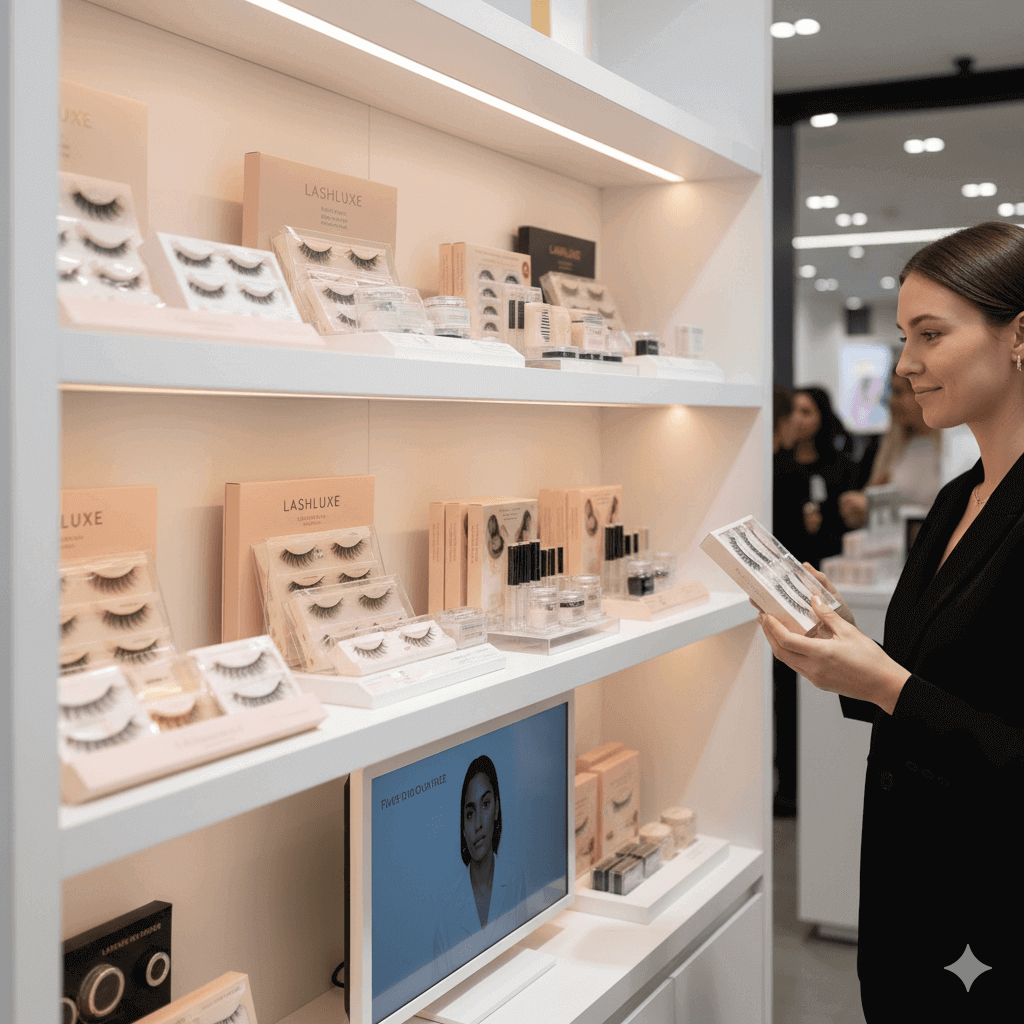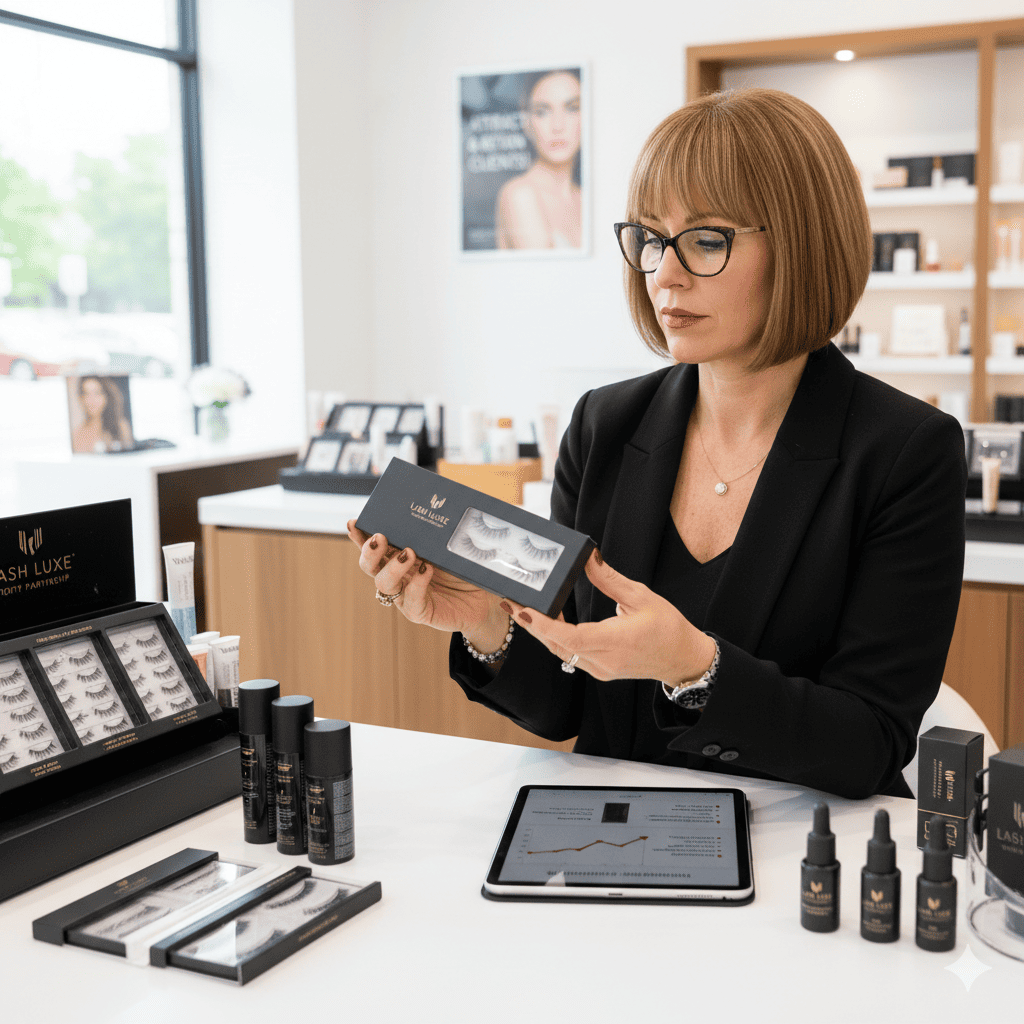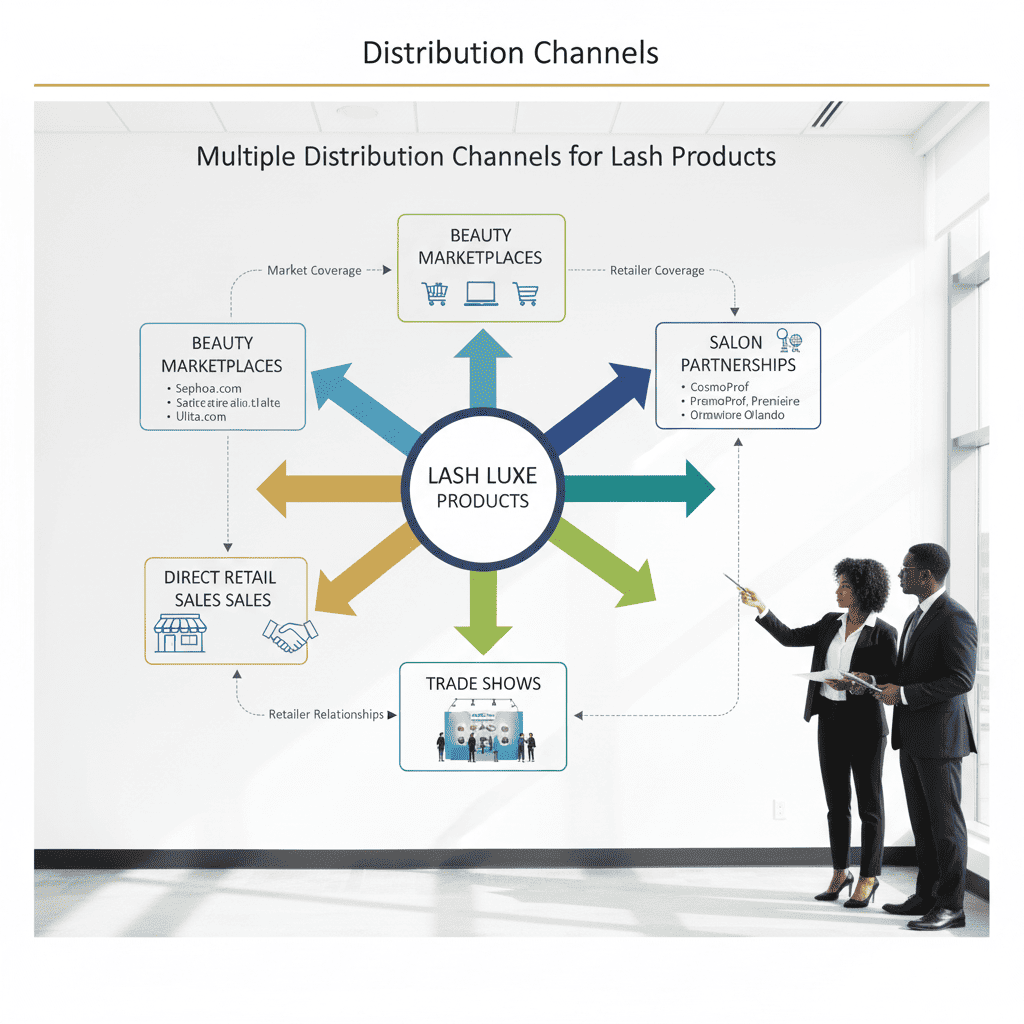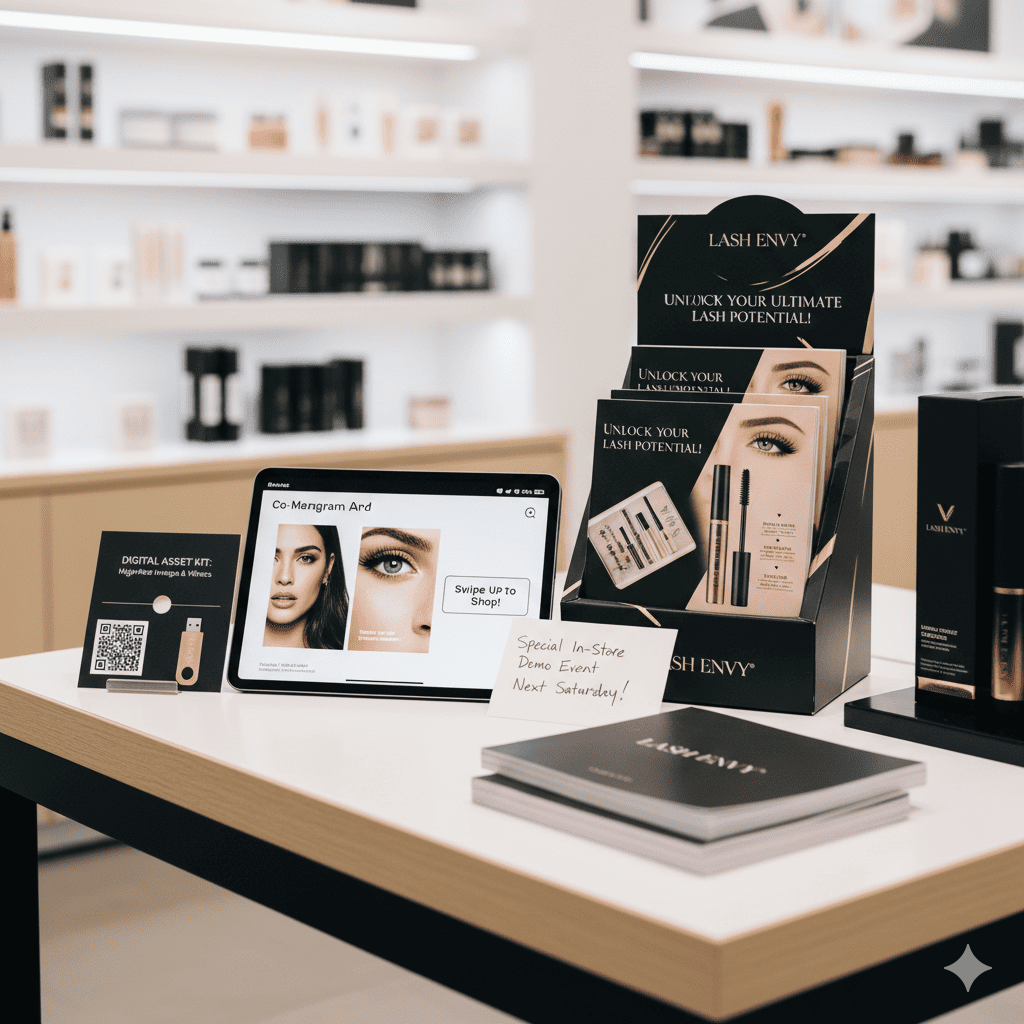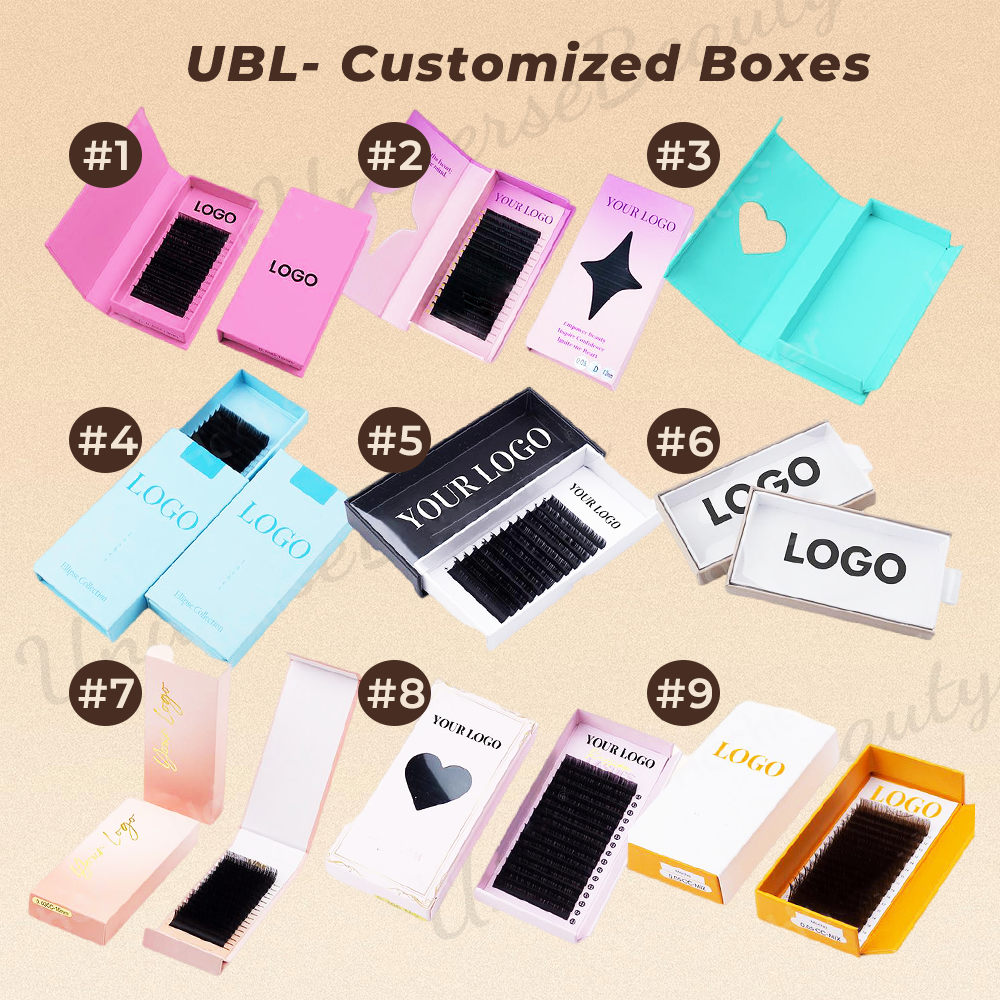Getting your lash products into retail spaces can feel challenging. Many new brands struggle with distribution strategies.
Effective wholesale distribution requires understanding market pricing, building retailer relationships, and providing marketing support to help stores sell your products successfully[1][3]. This approach ensures your products move from shelves to customers.
Whether you’re launching a new lash line or expanding distribution, these proven strategies will help you secure placements in salons and beauty stores. Let’s explore how to build successful wholesale partnerships.
Why Should Salons and Stores Carry Your Lash Products?
Understanding retailer motivations is crucial for successful wholesale partnerships. Stores choose products that benefit their business.
Salons and beauty stores prioritize products with competitive pricing, strong profit margins, and marketing support that helps them attract and retain customers[1]. Your products must offer clear value beyond just quality.
Retailer Decision Factors
| Factor | Importance Level | Why It Matters to Retailers |
|---|---|---|
| Profit Margins | Critical | Higher margins mean better business profitability [1] |
| Product Quality | Very Important | Quality affects customer satisfaction and repeat business [1] |
| Marketing Support | Important | Helps retailers move inventory faster [1][5] |
| Pricing Strategy | Critical | Must be competitive within market standards [1] |
| Brand Reputation | Important | Established brands reduce perceived risk [3][5] |
Retailers evaluate multiple factors when adding new products. Your wholesale pricing must allow stores to maintain healthy profit margins while remaining competitive in their local market [1]. Quality consistency is non-negotiable—retailers won’t risk their reputation on unreliable products [1]. Additionally, providing marketing materials, training resources, and sales support can significantly increase your appeal to potential stockists [1][5]. Stores prefer partners who help them sell through inventory rather than just selling to them.
How Do You Set Competitive Wholesale Prices?
Pricing strategy directly impacts your ability to secure retail placements. Your prices must work for both your business and retailers.
Competitive wholesale pricing requires understanding market rates, production costs, and regional variations while offering tiered pricing for different order volumes[1]. This approach ensures attractiveness to various retailer sizes.
Pricing Strategy Framework
| Market Region | Classic Lashes (per tray) | Volume Lashes (per tray) | Premium Lashes (per tray) |
|---|---|---|---|
| U.S. Market | $15 | $15 | $5.18 – $10.92 [1] |
| Vietnam Market | $4.50 | $3.90 – $10.92 | $5.90 – $10.92 [1] |
| Chinese Market | $2.88 – $3.25 | $2.94 – $3.72 | $2.20 – $2.60 [1] |
| European Market | ~$10 | ~$10 | $10 – $20 [1] |
Your pricing must account for production costs, raw materials, packaging, and transportation while remaining competitive within your target markets [1]. Research shows significant regional variations, with Asian markets typically offering lower prices than U.S. or European markets [1]. Implement quantity-based tiered pricing to accommodate different retailer sizes—offer discounts for bulk purchases (50, 100, or 500 units) to attract both small boutiques and larger chain stores [1]. Consider your distribution area when setting prices, as international shipping costs and import duties affect final pricing [1].
What Distribution Channels Work Best for Lash Products?
Choosing the right distribution channels determines your market reach and retail relationships. Different channels serve different purposes.
Effective lash distribution utilizes multiple channels including direct sales to retailers, beauty marketplaces, trade shows, and salon partnerships to maximize market coverage[3]. A multi-channel approach reaches diverse retailer types.
Distribution Channel Options
| Channel Type | Best For | Implementation Strategy |
|---|---|---|
| Direct Retail Sales | Building personal relationships | Reach out directly to salon owners and store buyers [3] |
| Beauty Marketplaces1 | Immediate distribution | List products on professional beauty platforms [3] |
| Trade Shows | High-volume opportunities | Exhibit at beauty industry events and conferences [3] |
| Distributor Partnerships2 | Regional expansion | Work with established beauty product distributors [4] |
| Salon Partnerships | Targeted placement | Partner with specific salon chains or franchises [3] |
A multi-channel distribution approach ensures you reach various types of retailers [3]. Beauty marketplaces offer immediate access to buyers actively seeking new products, though competition can be fierce [3]. Trade shows provide valuable face-to-face opportunities with high-volume buyers and distributors [3]. Building direct relationships with salon owners allows for personalized service and stronger partnerships [3]. Consider working with established distributors who already have relationships with beauty stores and salons in your target regions [4]. Each channel requires different approaches, so tailor your strategy based on your products and target retailers.
How Do You Approach and Build Relationships with Retailers?
Successful wholesale relationships require strategic outreach and ongoing partnership building. Retailers prefer working with reliable partners.
Building retailer relationships involves thorough research, personalized outreach, reliable service, and ongoing support that helps them succeed with your products[3]. Strong relationships lead to long-term partnerships and increased orders.
Retailer Relationship Building
| Relationship Stage | Key Activities | Expected Outcomes |
|---|---|---|
| Research Phase | Identify target retailers, understand their product mix | Targeted approach to suitable partners [3] |
| Initial Contact | Personalized outreach, product samples, pricing | Initial interest and sample orders [3] |
| Partnership Building | Reliable delivery, consistent quality, support | Repeat orders and expanded product range [1] |
| Growth Phase | Marketing support, co-promotions, training | Increased shelf space and priority status [5] |
Begin with thorough research to identify retailers that align with your brand and product positioning [3]. Attend industry events and trade shows to meet potential partners face-to-face [3]. When making initial contact, provide samples and clear pricing information to reduce barriers to trial [3]. Once you secure placements, focus on reliability—consistent product quality and on-time delivery build trust and encourage reorders [1]. Provide marketing materials, product training, and sales support to help retailers succeed with your products [5]. Consider offering exclusive products or early access to new launches for your best retail partners to strengthen relationships.
What Marketing Support Should You Provide Retailers?
Retailers need help moving your products off their shelves. Your marketing support directly impacts sales success.
Effective retailer marketing support includes promotional materials, product training, digital assets, and co-marketing initiatives that drive customer demand[5]. Comprehensive support increases sell-through and retailer loyalty.
Marketing Support Components
| Support Type | Specific Elements | Benefits for Retailers |
|---|---|---|
| Promotional Materials | Display stands, banners, brochures | Enhances in-store visibility and sales [5] |
| Digital Assets | Product images, social media content | Supports online and social media promotion [3] |
| Training Resources | Application tutorials, product knowledge | Builds staff confidence and sales ability [5] |
| Co-marketing | Joint promotions, events, collaborations | Drives customer traffic and sales [5] |
| Aftercare Support | Cleaning guides, maintenance information | Reduces returns and increases satisfaction [5] |
Your marketing support should address both pre-sale and post-sale needs [5]. Provide high-quality display materials that make your products stand out in retail environments [5]. Create digital assets that retailers can use on their websites and social media channels [3]. Offer training resources to help retail staff understand and confidently sell your products [5]. Develop co-marketing initiatives like in-store events, promotions, or collaborative social media campaigns [5]. Consider creating aftercare materials and guides that help end customers use your products correctly, reducing returns and increasing satisfaction [5]. The more support you provide, the more likely retailers are to prioritize your products.
How Can Private Labeling Expand Your Wholesale Opportunities?
Private labeling offers unique advantages for wholesale distribution. Customized products create stronger retailer partnerships.
Private label options allow retailers to create exclusive products under their own brand while you handle manufacturing, increasing their commitment and order volumes[2]. This approach builds deeper, more loyal partnerships.
Private Label Advantages
| Advantage | Implementation | Benefit to Retailers |
|---|---|---|
| Brand Exclusivity1 | Custom packaging and branding | Unique market position and differentiation [2] |
| Higher Margins2 | Premium pricing for exclusive products | Increased profitability for retailers [2] |
| Stronger Partnerships | Long-term manufacturing relationships | Reduced supplier switching [2] |
| Larger Orders | Minimum order quantities | Better production efficiency and pricing [1] |
| Market Flexibility | Custom product development | Tailored solutions for specific markets [2] |
Private labeling allows retailers to offer products under their own brand name while you handle manufacturing [2]. This creates exclusive products that competitors cannot access, giving retailers a unique market position [2]. Retailers typically achieve higher profit margins with private label products since they control pricing without direct competition [2]. These arrangements often lead to longer-term partnerships and larger, more consistent order volumes [1]. Offer flexible private label options including custom packaging, branded materials, and even custom product development for larger partners [2]. Consider offering white label options where retailers can add their branding to your established products, reducing their development risk while maintaining your quality standards [5].
Conclusion
Successful wholesale distribution requires competitive pricing, strong retailer relationships, and comprehensive marketing support to ensure product movement and repeat orders.

Fanny
Lash Technician
Hi, I’m Fanny, the author of this post.
Over the past 5 years, we have assisted numerous lash salons and technicians across 20 countries to build their lash brand and grow their businesses with high-quality lash extension products.
If you have any questions or need assistance, feel free to reach out for a free consultation or to discuss tailored solutions for your business needs.
More Interesting Posts
Bulk Lash Extension Purchasing: MOQ Negotiation & Volume Discounts
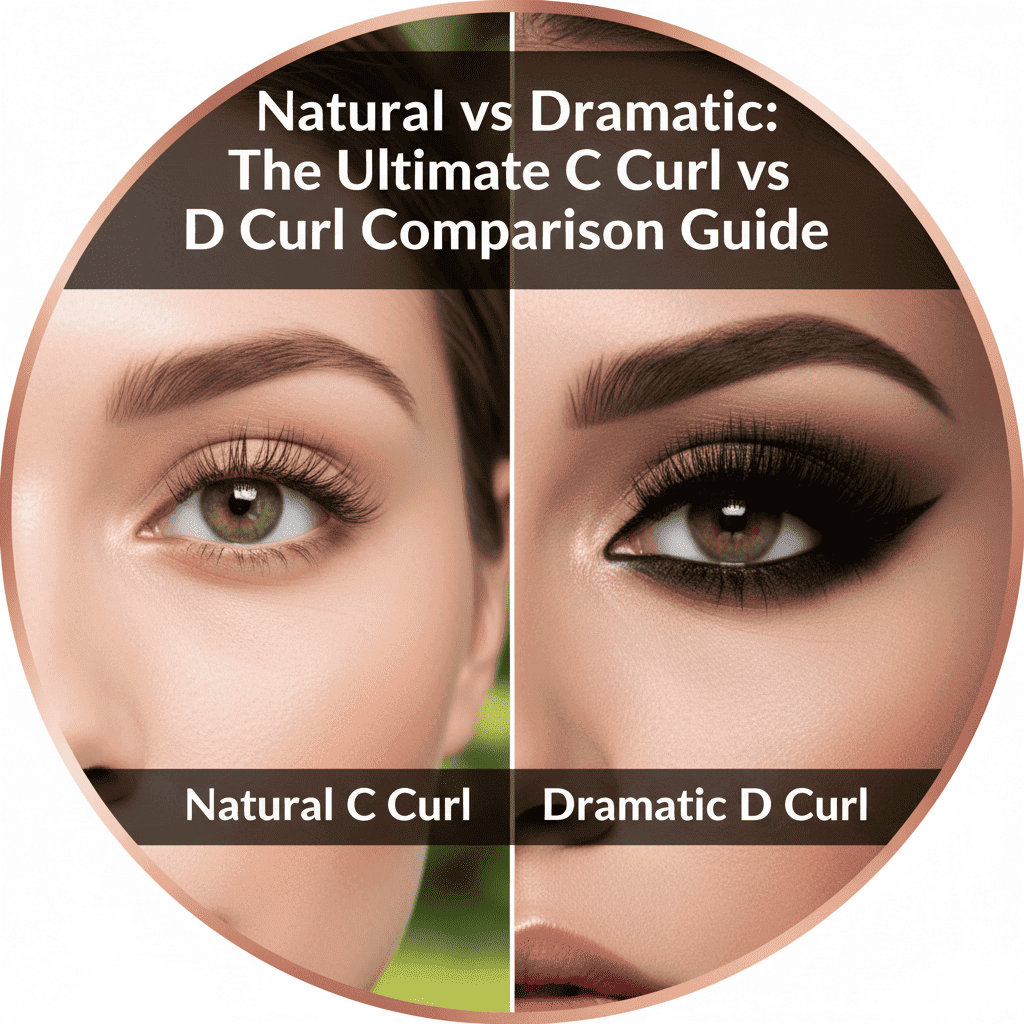
Natural vs Dramatic: The Ultimate C Curl vs D Curl Comparison Guide
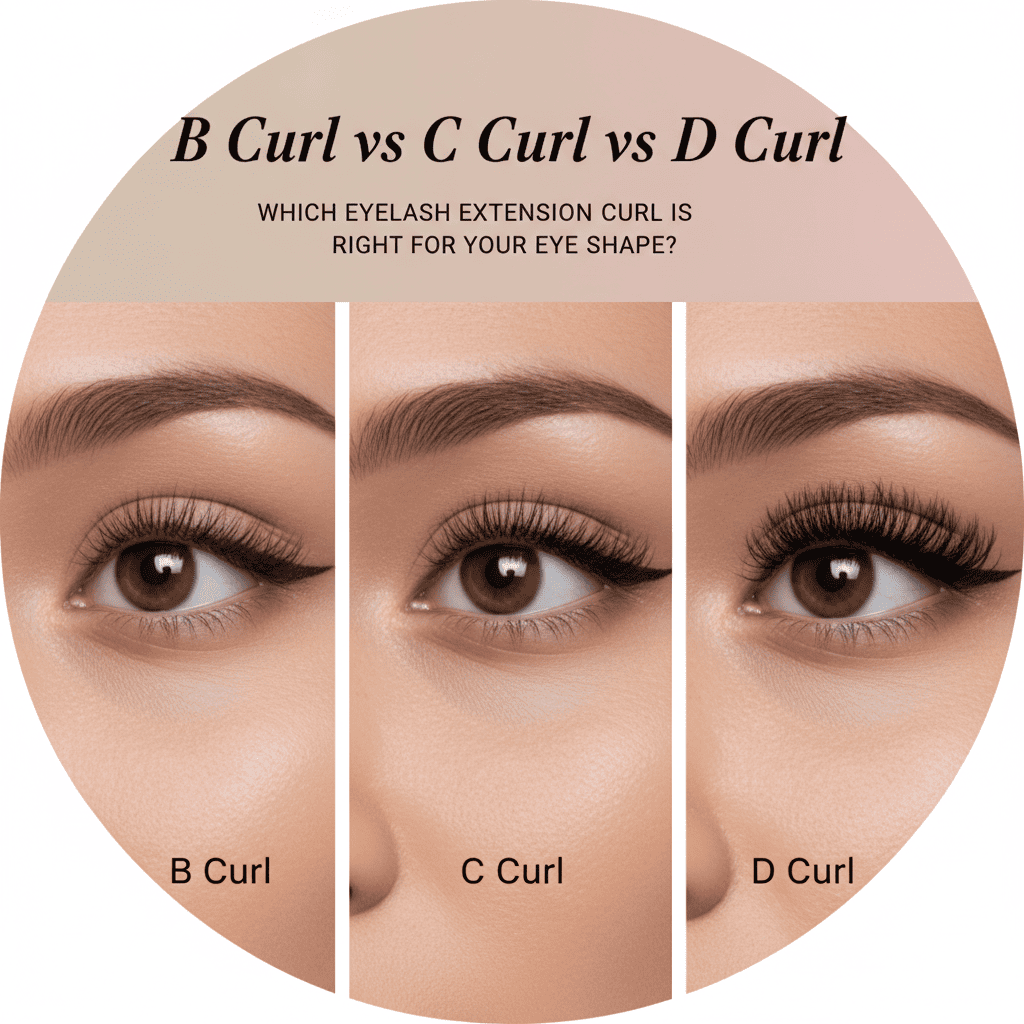
B Curl vs C Curl vs D Curl: Which Eyelash Extension Curl is Right for Your Eye Shape?
